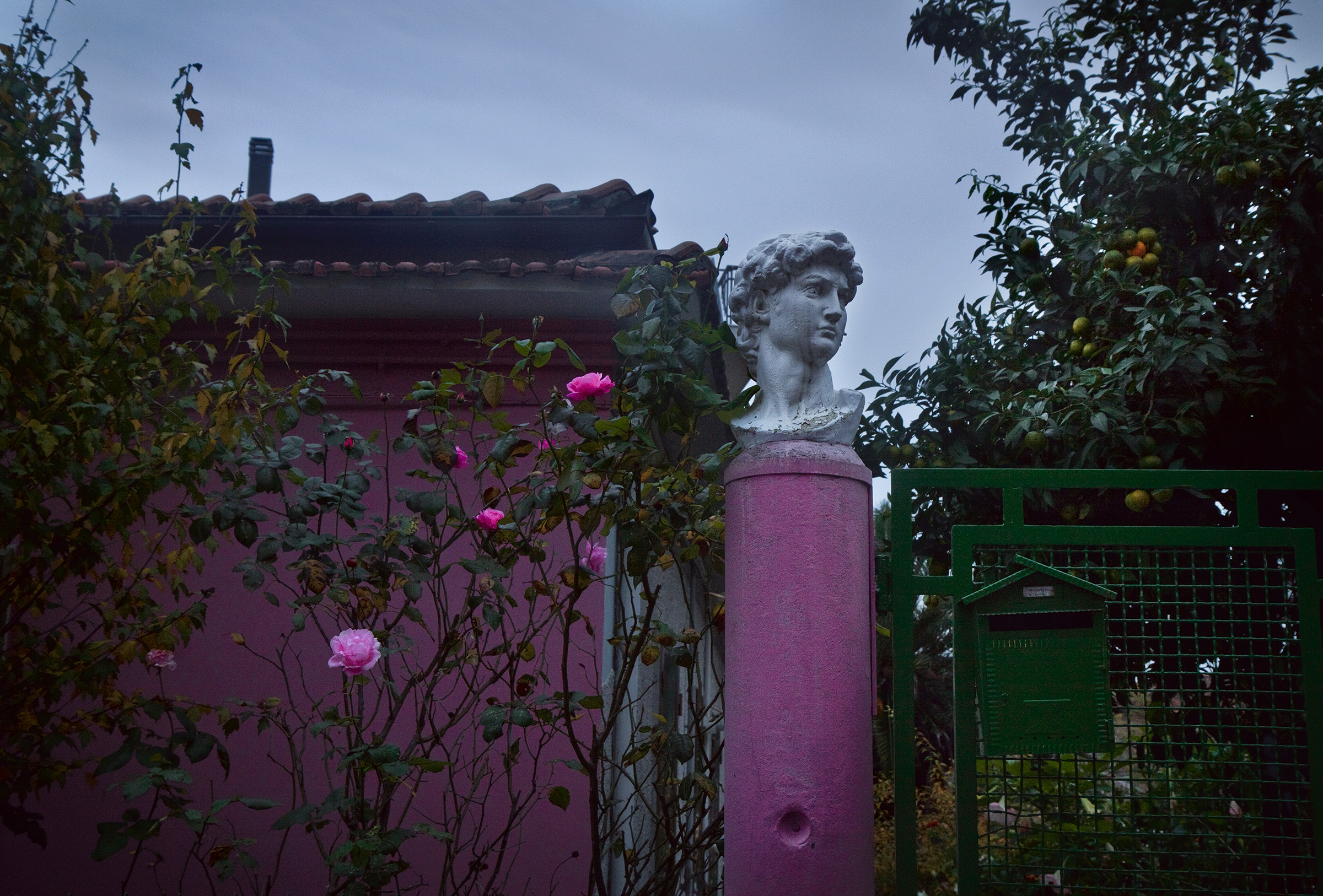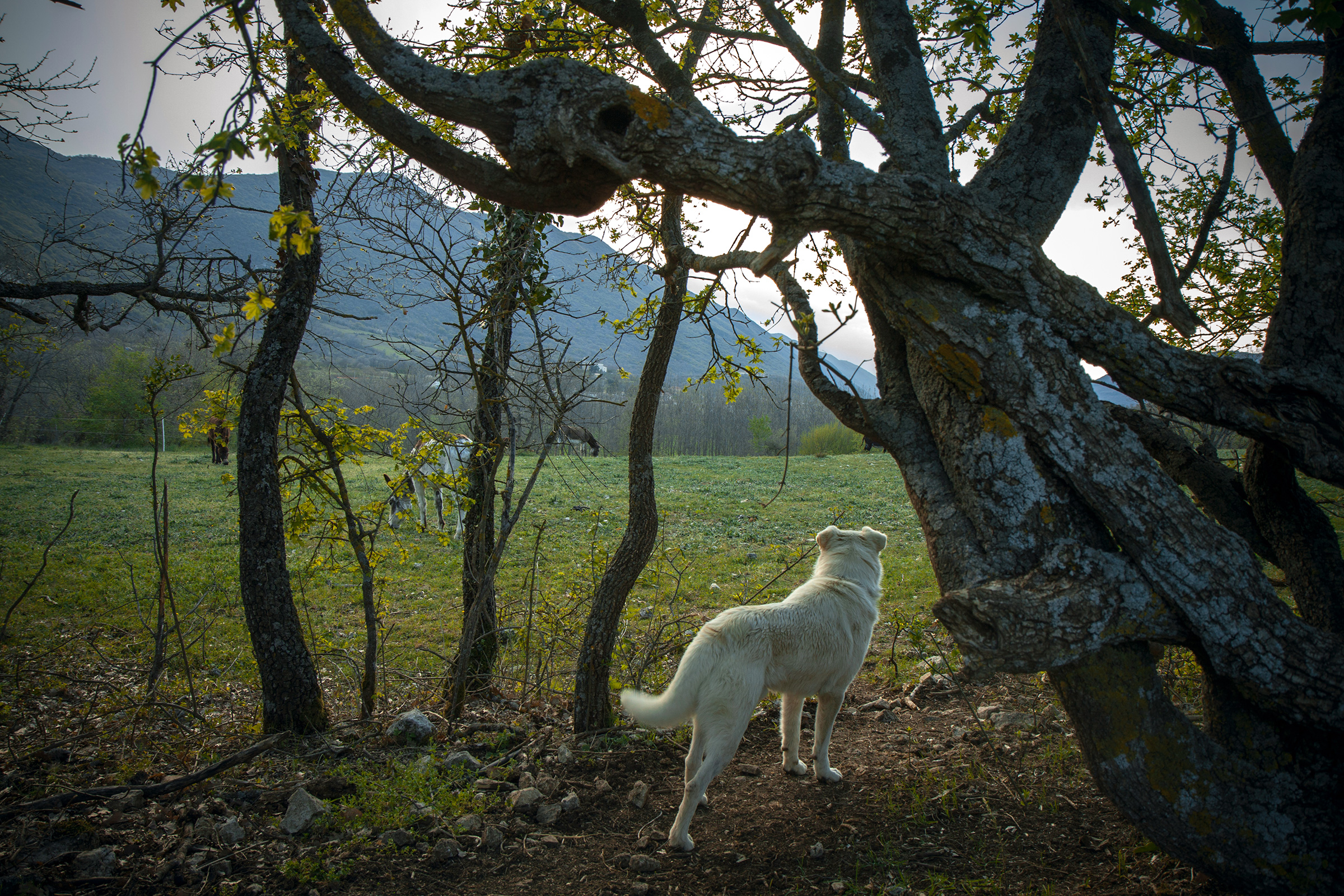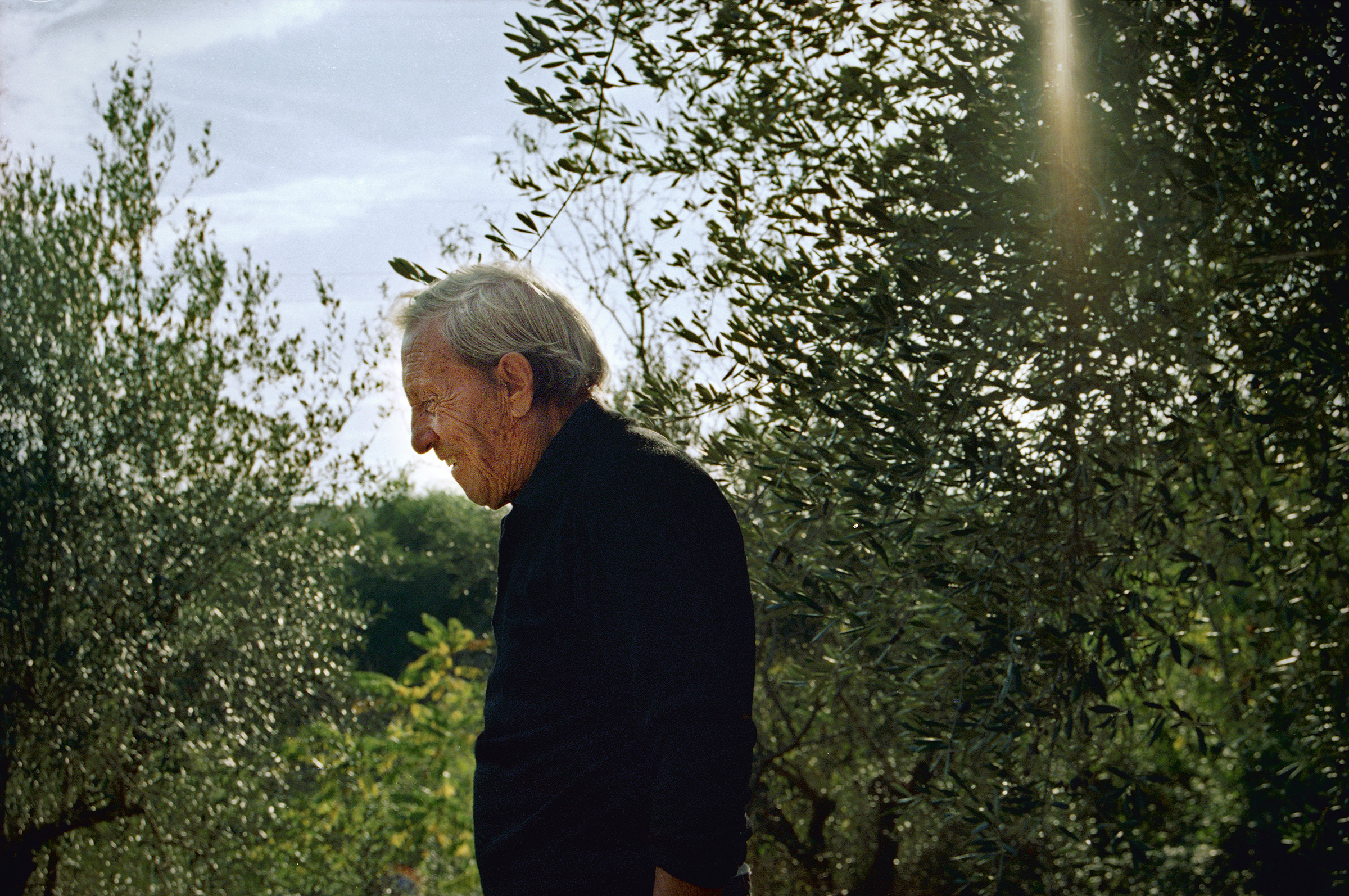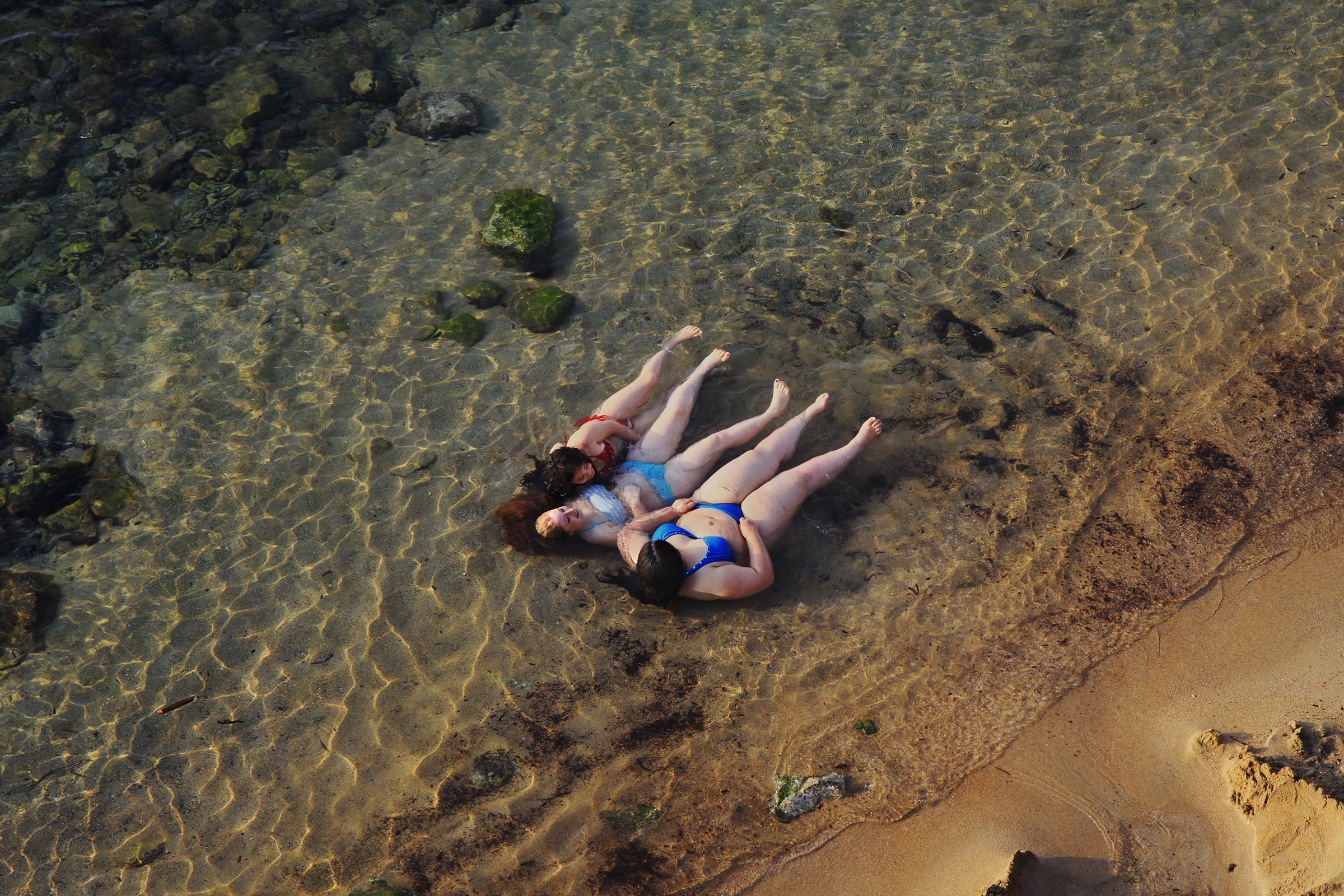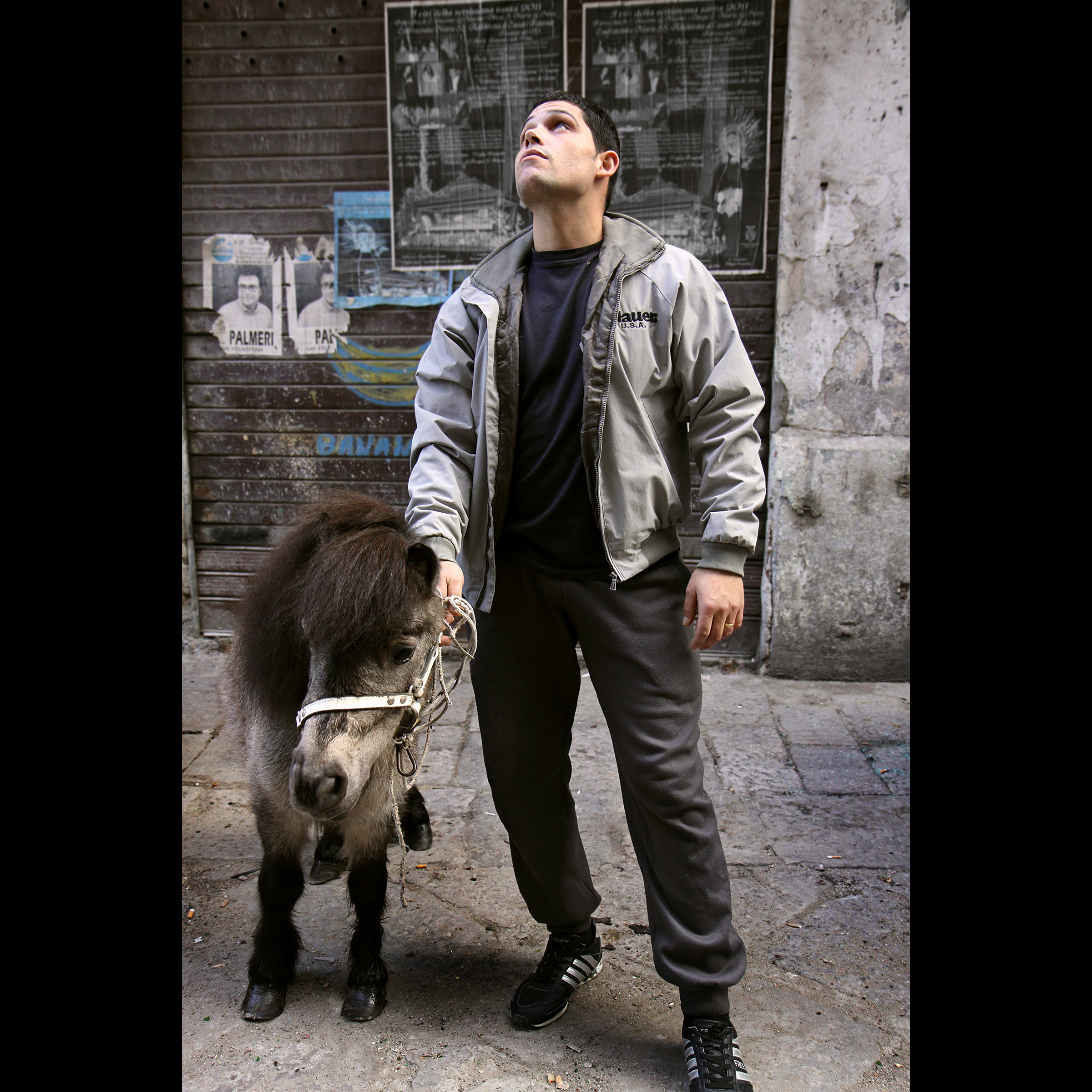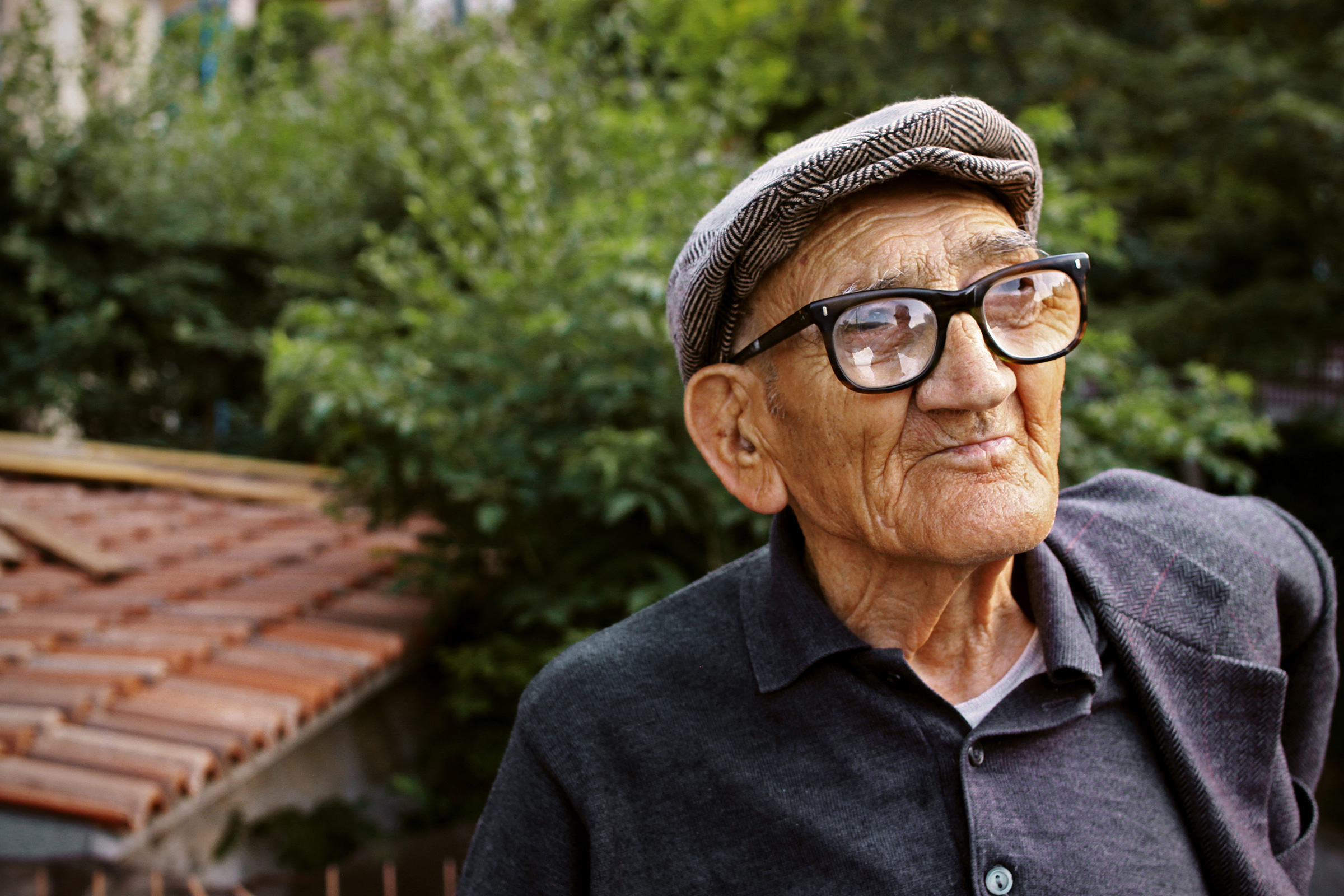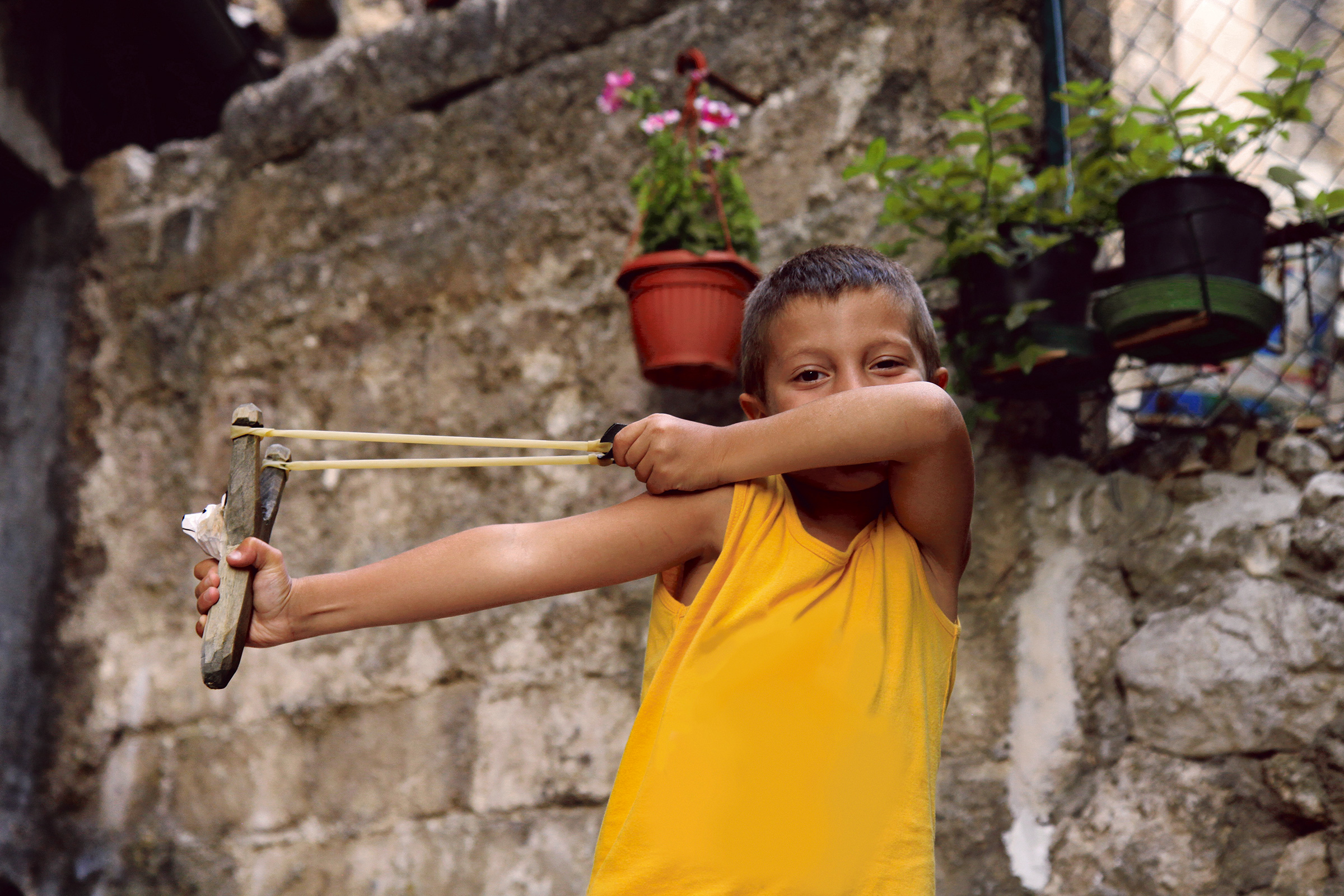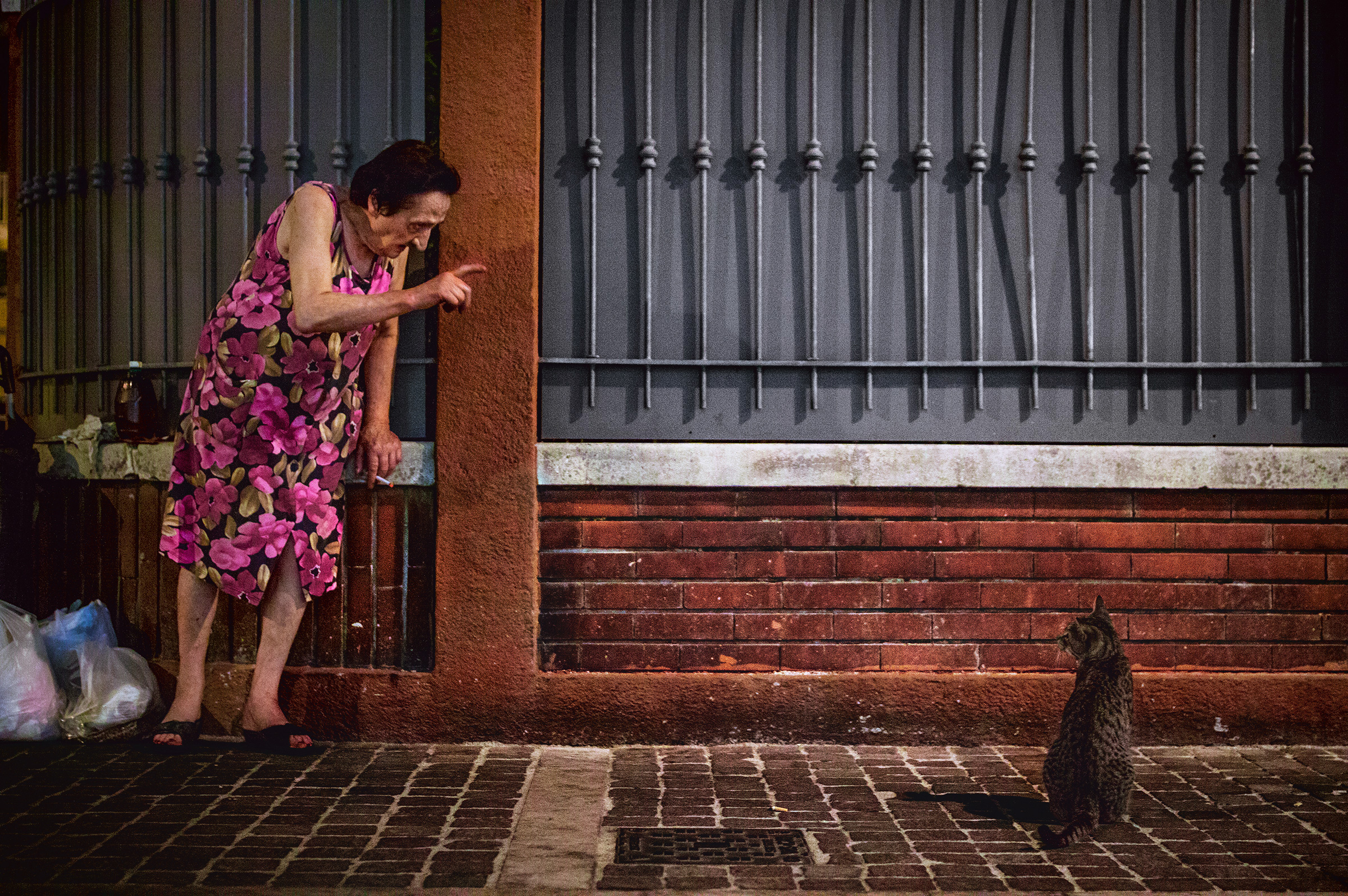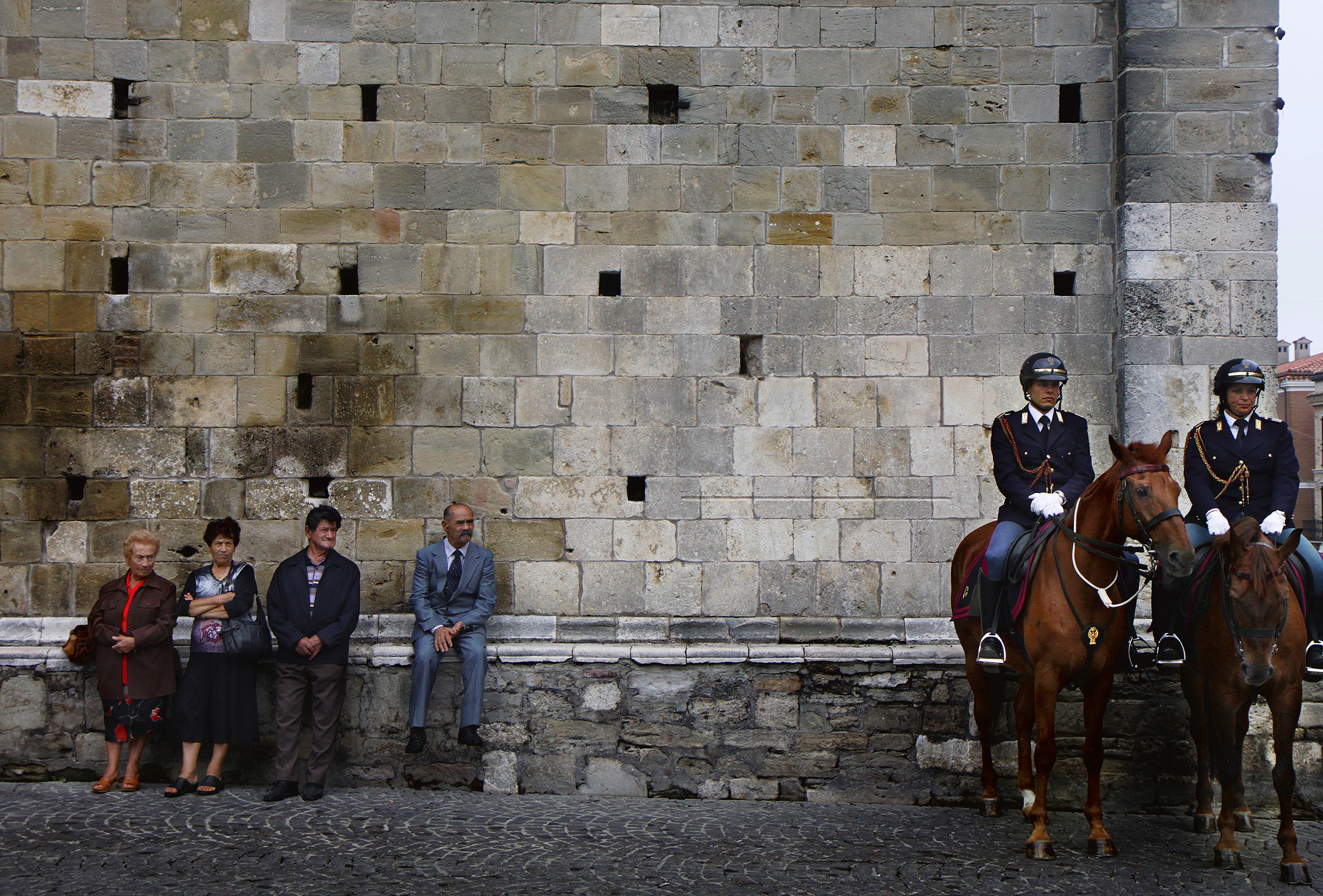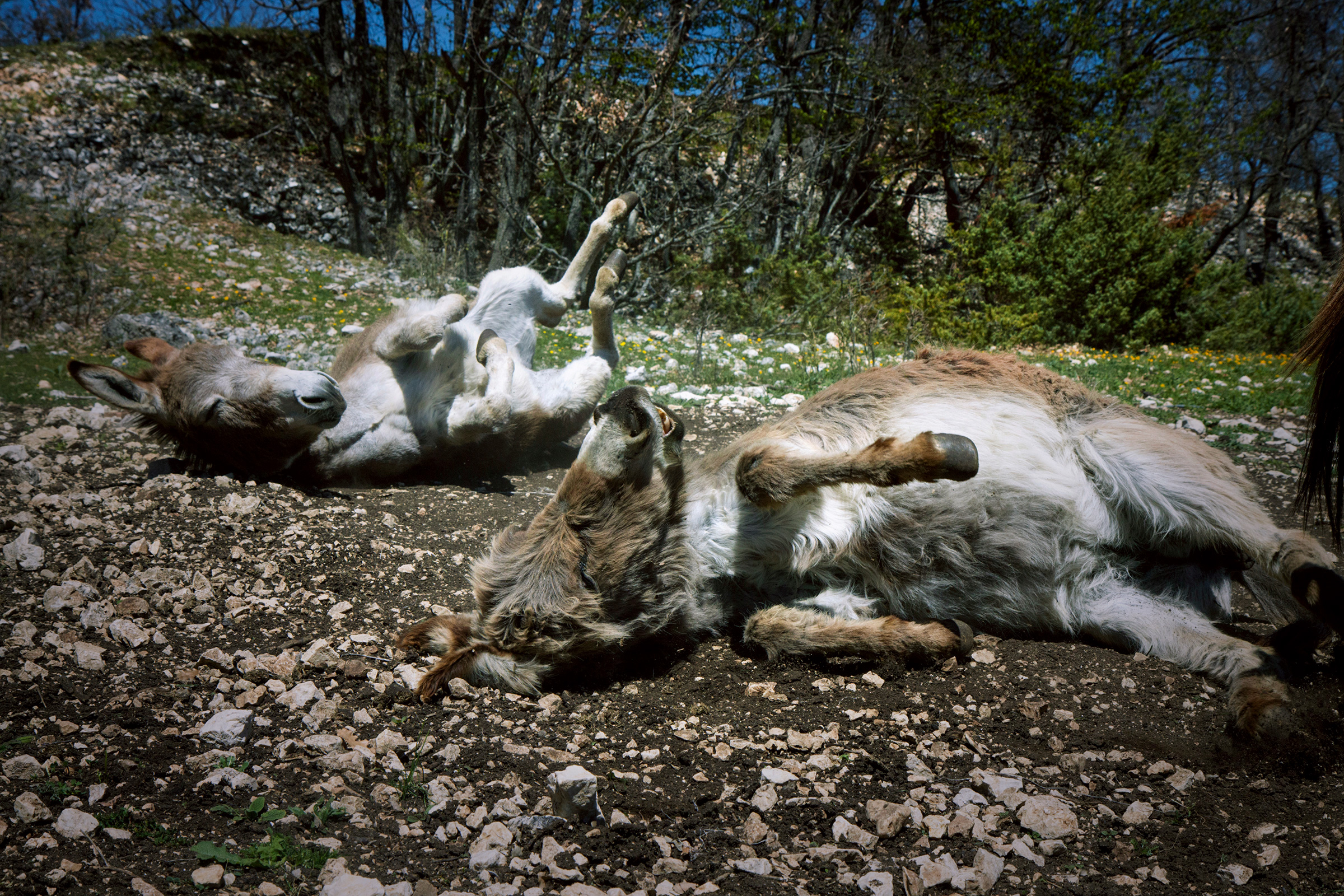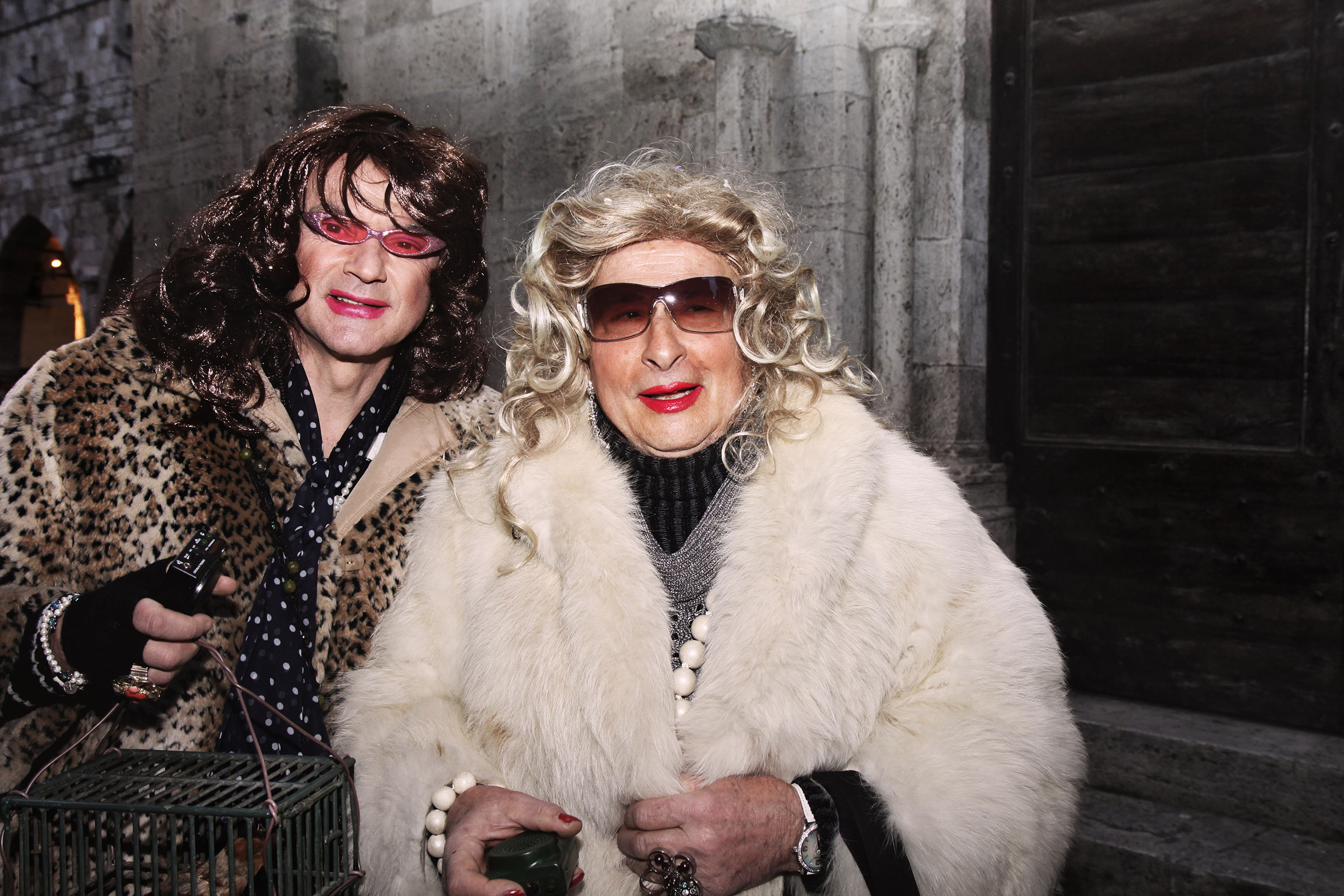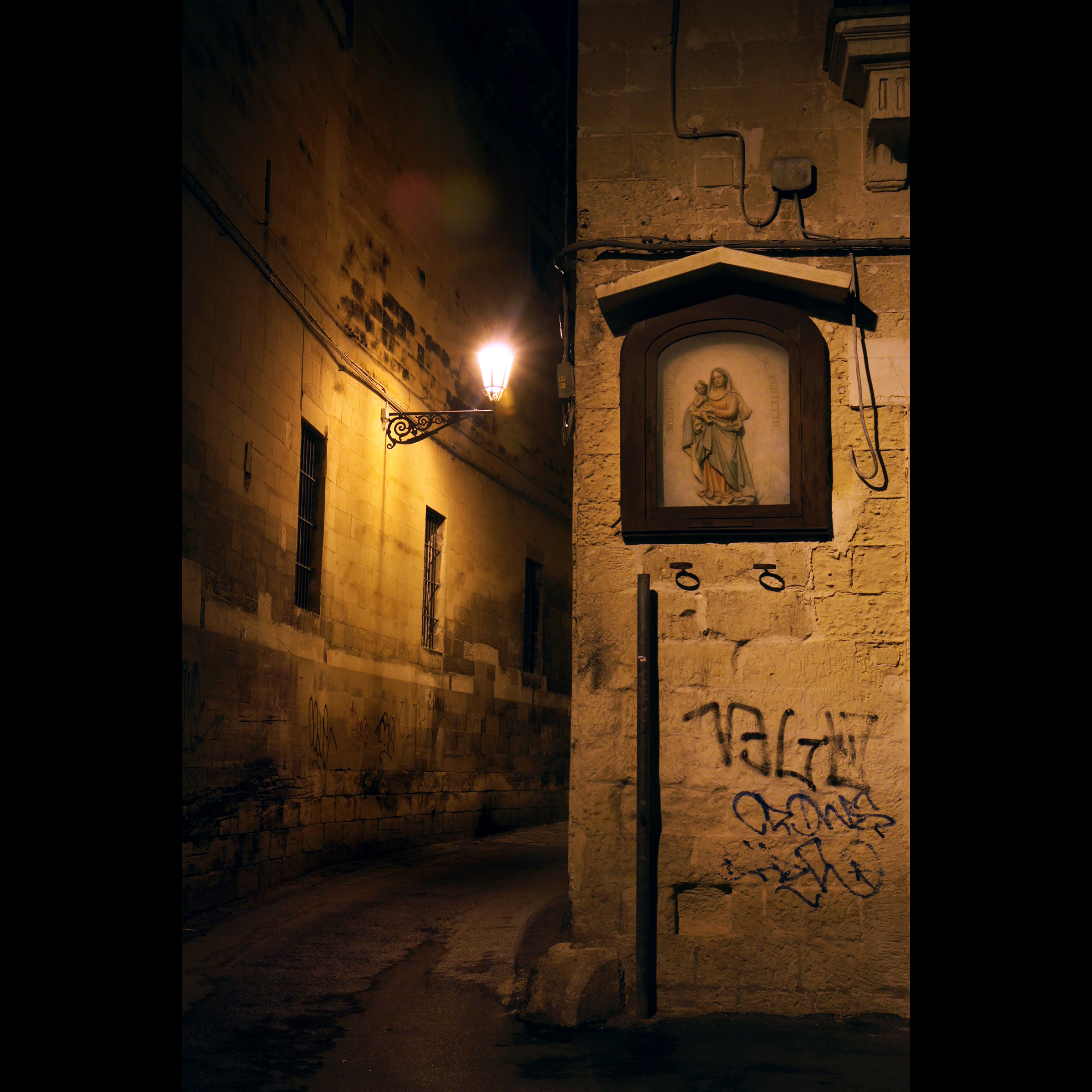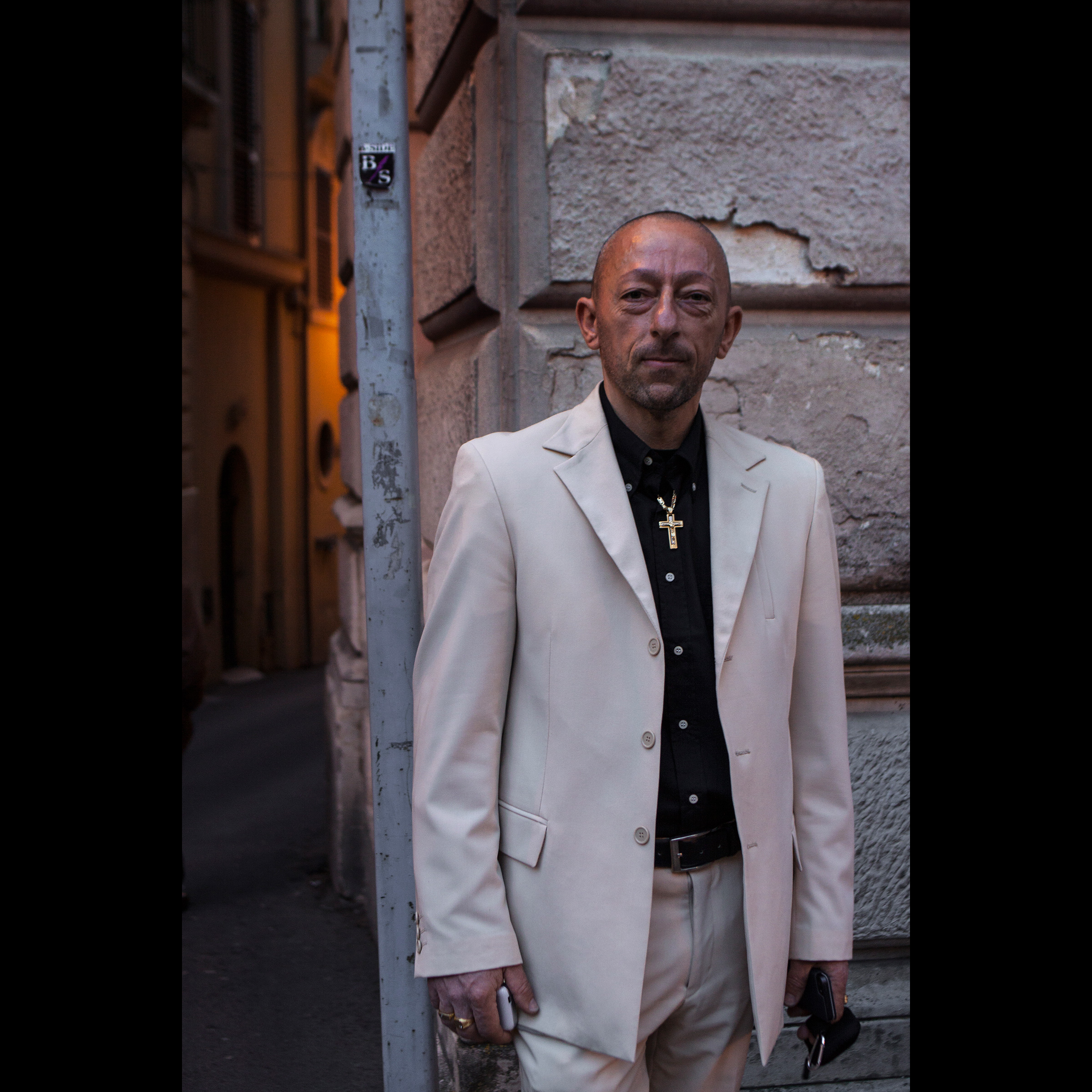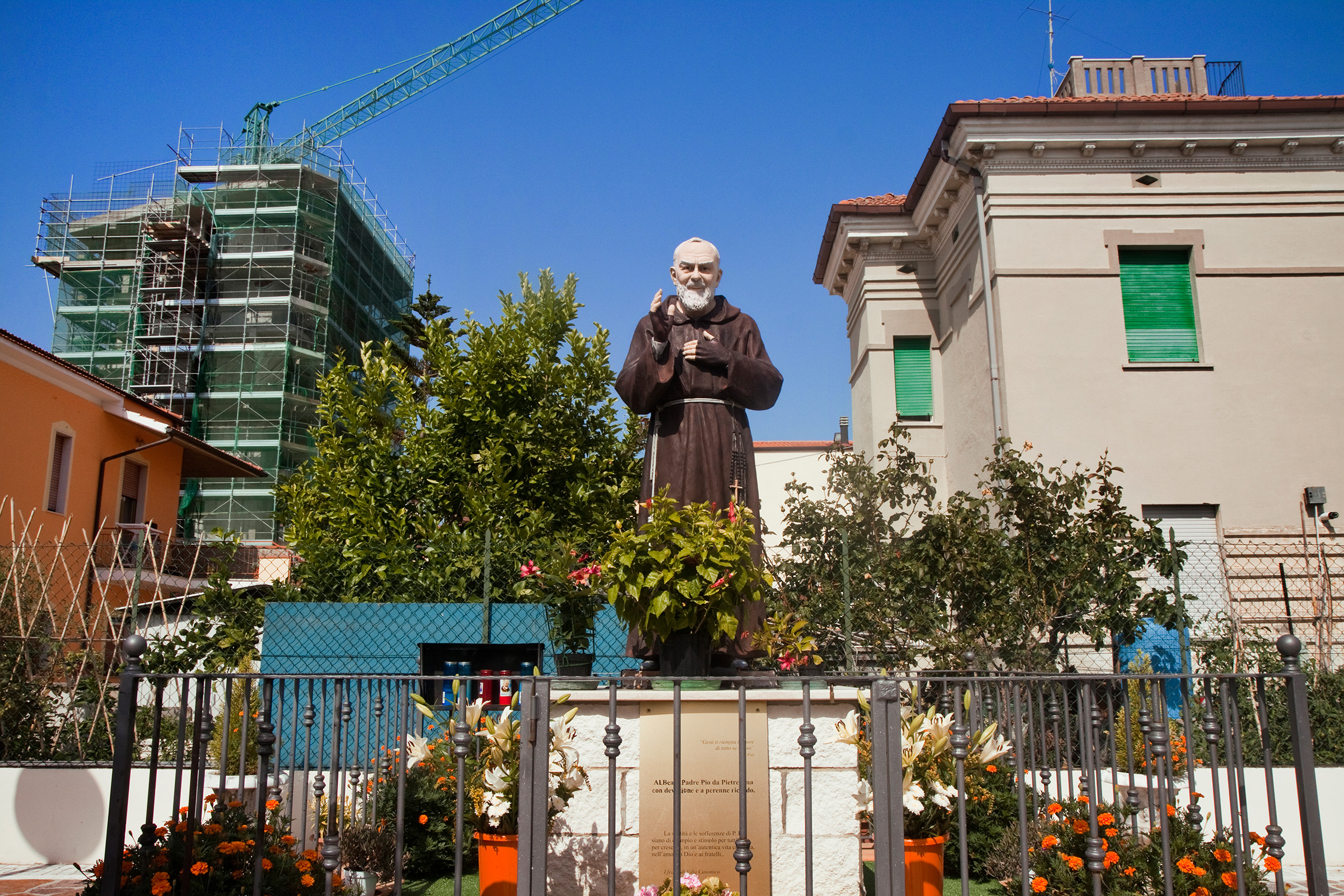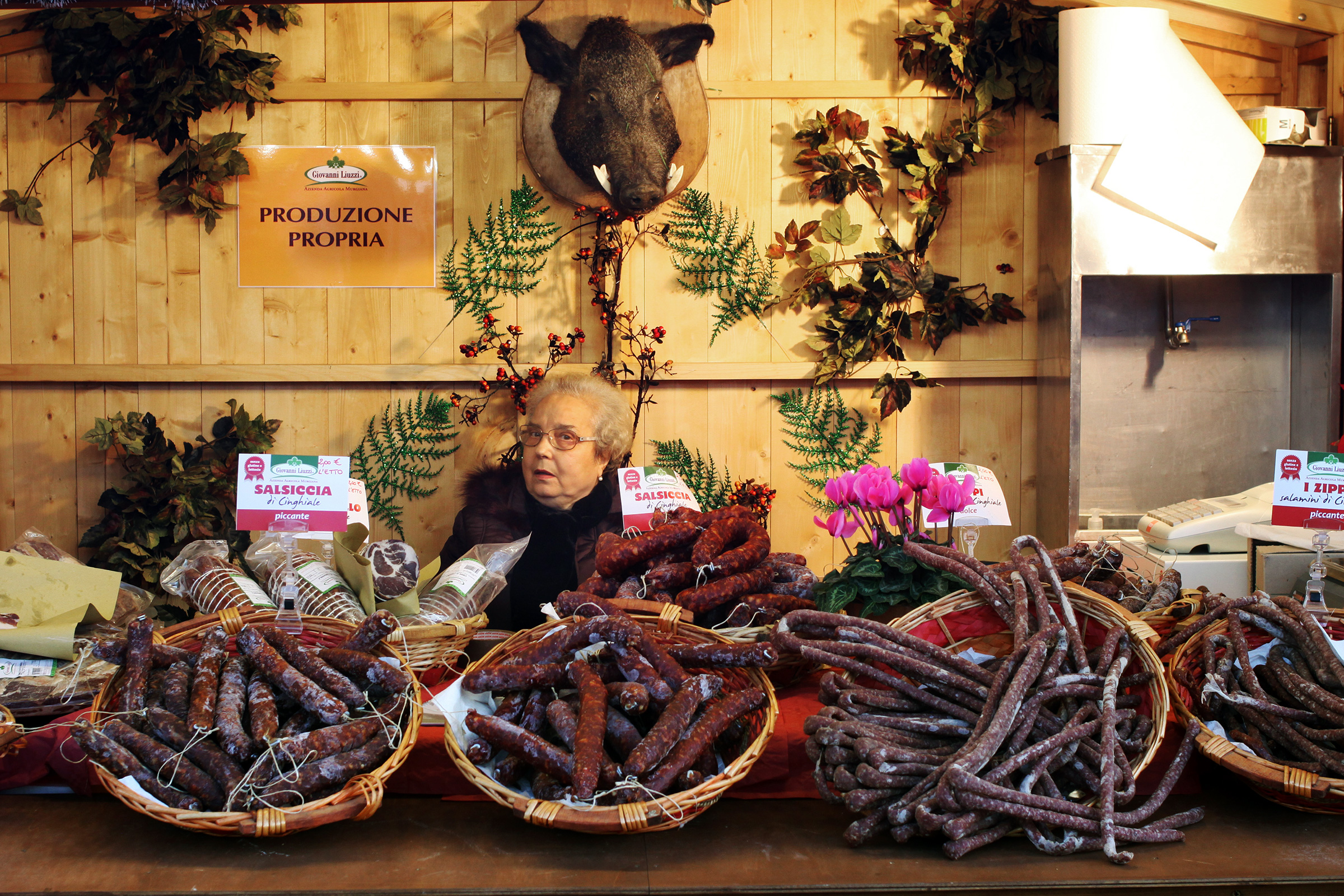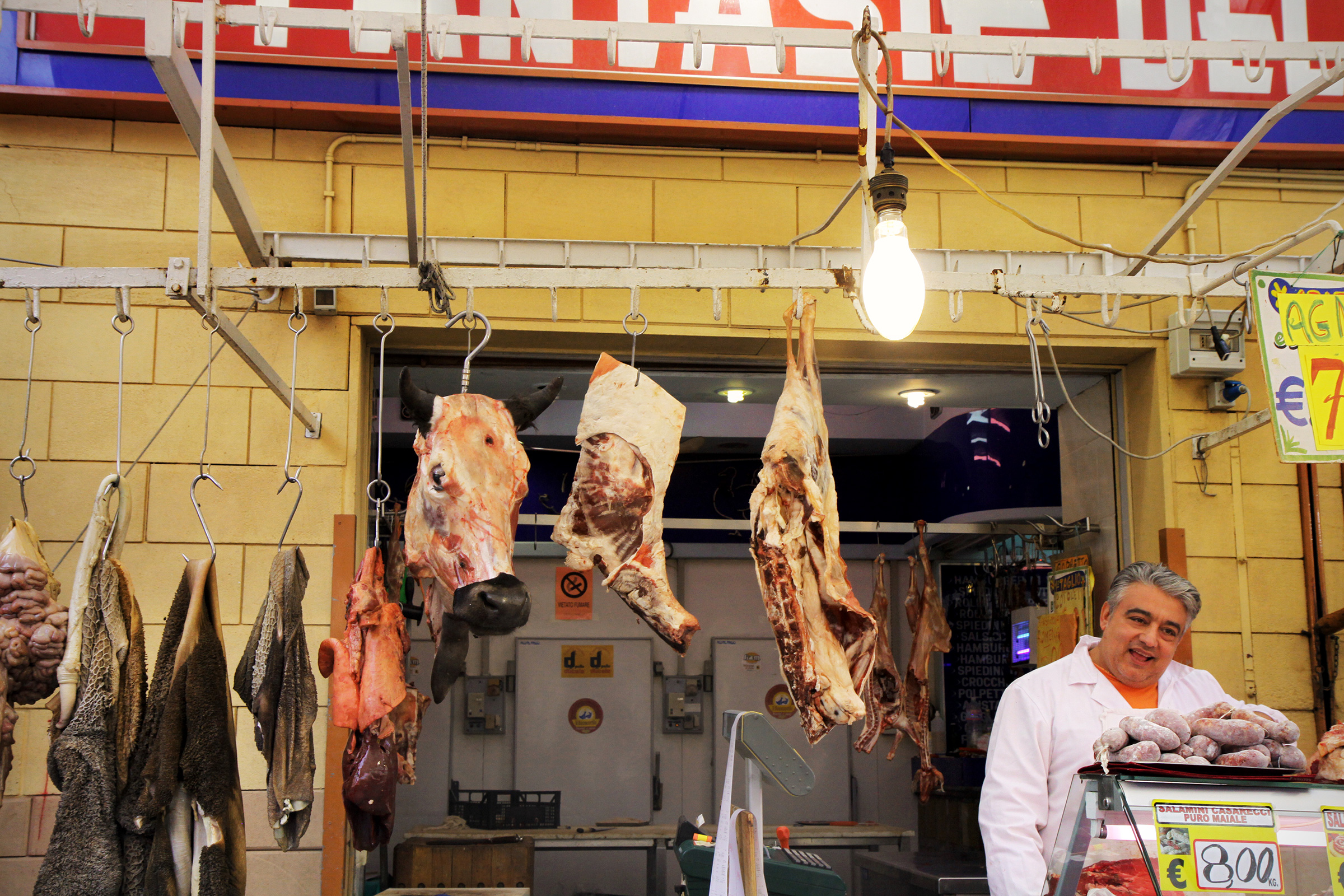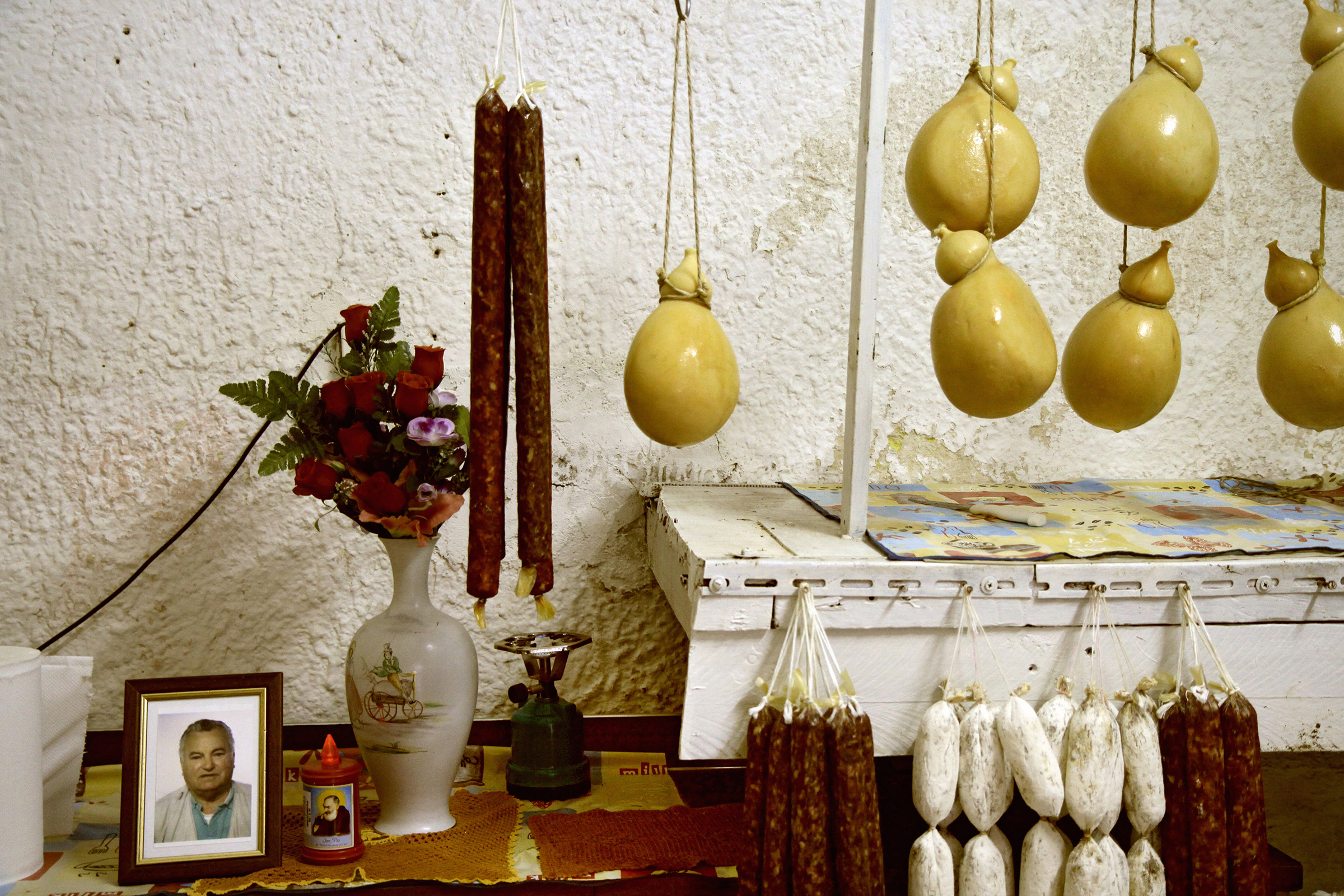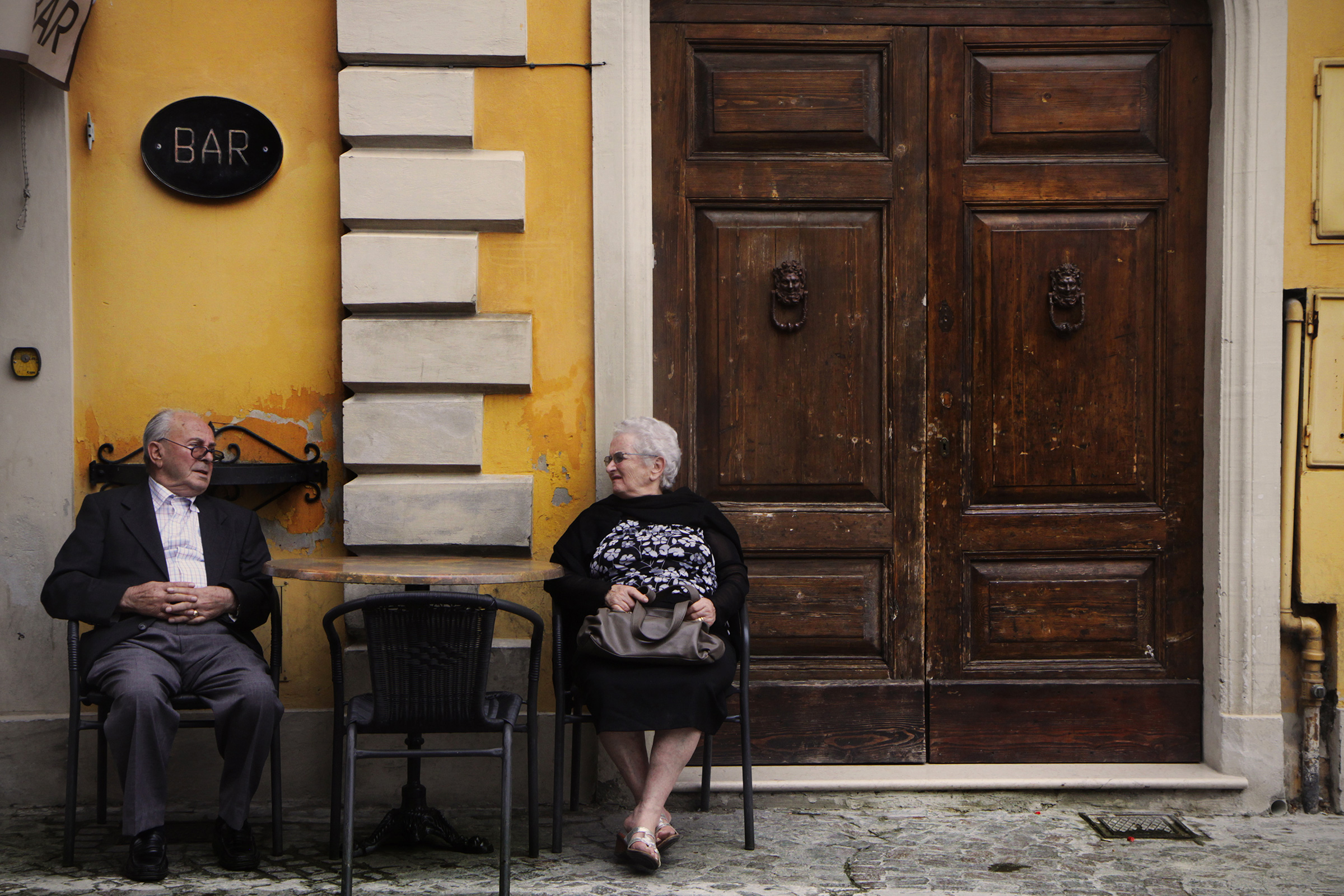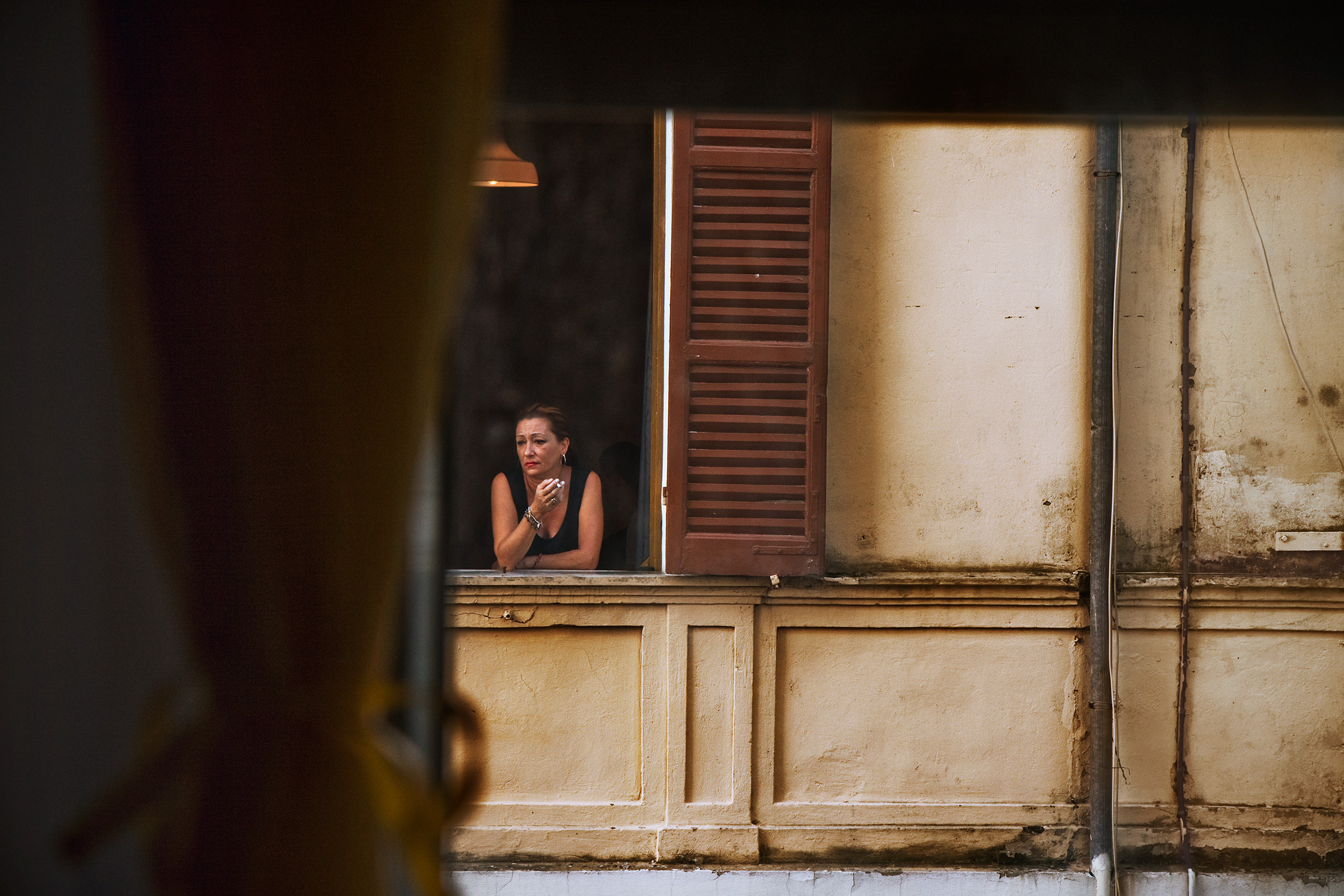THIS IS TRADITION is about the aspects of a culture that resist change; about habits and customs that are so deep-rooted they persist through generations...
+ About the project
I take a walk at dusk, and watch the pink roses and unripened lemons glow against the dimly lit sky. The mundanity of some of these small towns, which at times wears me down and makes me long for my country, can still shine brightly to me because it is something not yet discovered. What it is that drew me here? There is something wild in me that I can remember since childhood; a magnetic pull toward the unknown, the need to feel the wind in my hair and to watch new life whip by me, a kaleidoscope of foreign faces and voices that make me feel that simply being in my skin I am at home. I cannot start this story from the beginning because that would mean the beginning is what’s important, and the more I look back, the more I realize that every experience is a dew drop on a blade of grass with no beginning and no end. I lived three years in Italy, and traveled a lot throughout the country, photographing, during that time. All of these photographs are from the South.
This is Tradition is about the aspects of a culture that resist change; about habits and customs that are so deep-rooted they persist throughout generations. What is tradition? Certainly it has part in religion, class, social codes, family... but more than that, it is carried on by people; it is written in the faces and expressions of individuals and found in the daily life of a place that has a long and rich history.
A village of just 100 inhabitants, all elderly, their children and grandchildren have long moved away. They appear in the windows of their crumbling stone houses, but streets and vast landscapes remain silent, a silence that is strong and omnipresent... The Processione Venerdi Santo: Women dressed in black with dark lace veils, their heads bowed over candles, following in line behind the men who shuffle down the alleyways, white sheets with crooked cut-out eyeholes cover their faces, the children are uncharacteristically somber and do not play, the town priest exits the church as the townspeople await him, hushed and reverent. The same people, who just months before paraded joyously through the streets in masquerade, drunk off wine and sheer energy for Carneval... The religious relics, the street corner Madonna adorned with flowers, the statue of Christ on the cross dripping painted blood and Padre Pio, the 20th century priest who is worshipped because he was said to bear the stigmata, raised high on a pedestal on a lonely side-street of town, these kitsch displays deemed sacred... At the market the vendors scream out their wares, the cadence of dialect weaves sing-songy through the crowds; every city has its dialect, its food specialties, its varieties of wine and olive oil; the language even changes from village to village, ten minutes down the road and you discover another untouched “micro-culture,” no two place are alike... In the afternoon, after lunch and riposo (rest), old men leave their wives home to gather in the piazza to chat for hours, children play, shrieking with energy after a long nap, in summer they run to the beach in swarms... It is rare to find someone alone, only the madmen and madwomen, the prostitutes, the widowed and gattare (cat ladies) are alone. I too feel alone here, I am drawn to the mystery of that loneliness, and these photographs attest to that feeling.
